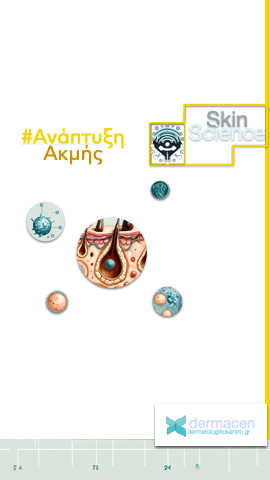Acne development
Acne is a skin condition that occurs when hair follicles become clogged with sebum and dead skin cells. It is characterized by black spots, white spots, pimples, oily skin and possible scarring. It occurs mainly during adolescence, but can affect people of all ages. But what is the process of its development?


